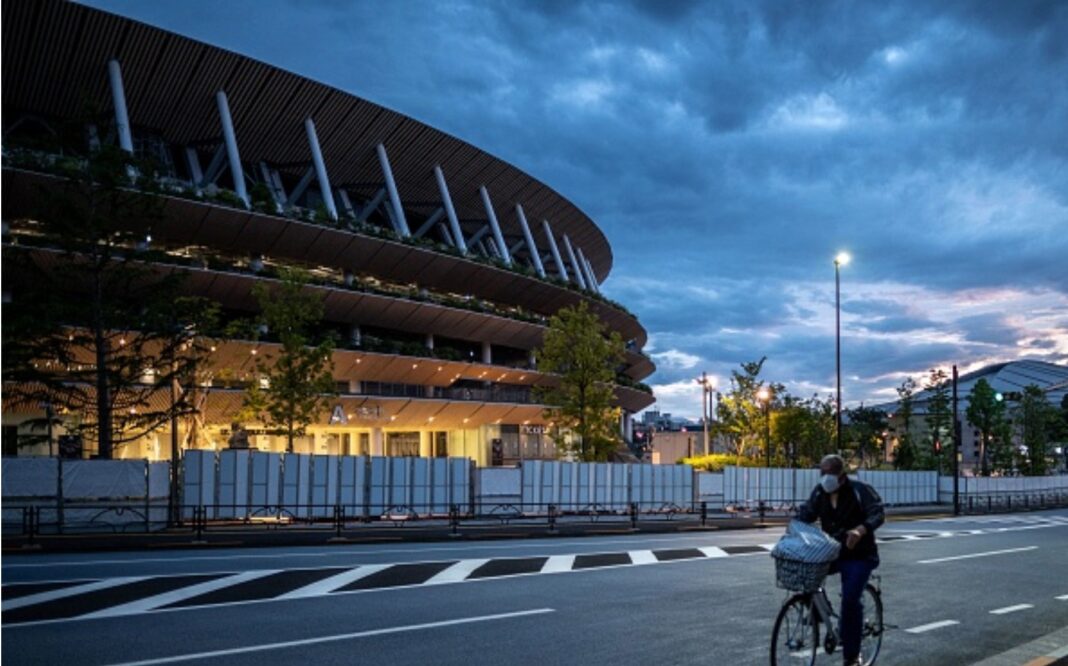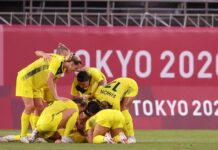
Rather than just write about the stadiums, what they look like and how many spectators they can hold, Beyond 90 takes a deeper look into the history and philosophy of the venues.
Quarter-Finals
The quarter-finals will be played across four different stadiums, and all on the same day!
Ibaraki Kashima Stadium will host the meeting between Group E winners Great Britain and Australia, the third placed team from Group G. Meanwhile, Group G winners Sweden will face tournament hosts Japan at Saitama Stadium. Both of these stadiums have been previewed in Stadiums: Matildas Group Matches.
READ MORE - Stadiums: Matildas Group Matches
Miyagi Stadium
Miyagi Stadium, also known as the Hitomebore Stadium, will host the quarter-final between Canada and Brazil, the second placed teams from groups E and F respectively. With a capacity of 49,000, this venue previously hosted three Men’s World Cup matches in 2002 and six matches from the U-20 Women’s World Cup in 2012.
The design is said to be based on a crescent moon that adorned the helmet of Date Masamune (1585–1636), a 16th-century regional ruler of Japan’s Azuchi–Momoyama period through the early Edo period. He was known as dokuganryū (独眼竜), the “One-Eyed Dragon of Ōshu”.
![By 狩野安信 (仙台市博物館所蔵品[1]) [Public domain], via Wikimedia Commons](https://beyond90.com.au/wp-content/uploads/2021/05/Date-Masamune.jpeg)
International Stadium Yokohama
Opened in 1998 at an estimated cost of 60 billion Japanese Yen (approx AUD$710m), International Stadium Yokohama (Nissan Stadium) is the second-largest stadium in Japan (72,000+ spectators). It is also the home of Yokohama F. Marinos (Men’s J1 League).
This stadium is blessed to be hosting a 2019 World Cup Final rematch between the Netherlands (winners of Group F) and the United States, runners-up in Group G. It will also host the second semi-final.
Back in the day, International Stadium Yokohama hosted three first-round games during the 2002 Men’s World Cup, as well as the Final between Germany and Brazil. This venue also hosted 2019 Men’s Rugby World Cup matches.
One day (if COVID-19 concerns around the world ease) you may be able to relive the ‘experience’ by going on a stadium tour, where you will be shown Brazil’s locker room from the 2002 Men’s World Cup. Hopefully this tour will be upgraded to feature moments from the Tokyo Olympics.
Akin to Lakeside Stadium in Melbourne, host of the 2014 W-League Grand Final between Melbourne Victory and Brisbane Roar, International Stadium Yokohama also features a large athletics track around the pitch – yay, not!
Semi-Finals
The Semi-finals will see International Stadium Yokohama used for the final time on August 2nd.
Ibaraki Kashima Stadium will also host a semi-final on the same day and will have its final Olympic hoorah when hosting the Bronze medal playoff on August 5th.
Final
The gold medal playoff heads to Olympic Stadium on August 6th to showcase the tournament’s two best nations. It will also be used for the Opening and Closing Ceremonies, as well as for track and field during the Summer and Paralympic games.
The site was originally home of the National Stadium. Built in 1958, National Stadium hosted the 1964 Tokyo Olympic Games and many other grand events, before it was ultimately demolished in 2015 to make way for the newer, bigger stadium.
Construction of Olympic Stadium was completed towards the end of 2019 at a cost of US$1.4 billion (¥157 billion). It was designed by architect Kengo Kuma, whose works include the Stone Museum in Nasu, the Noh Stage in the Forest pavilion, the Nagasaki Prefectural Museum and the V&A Museum Dundee in Scotland.
View this post on Instagram
Kuma believes building and time should merge into one.
“We cannot control time. Time is always flowing, and architecture should be part of that kind of flow” – this was noted as a concept deeply rooted in the Buddhist culture.
Follow Beyond 90's coverage of the Olympics.






